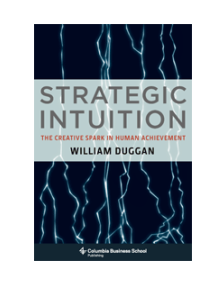 So this is how it usually goes. You’re two years old and you get your first can of Play-Doh. After the obligatory creation of a rolled out Play-Doh snake and a flattened pancake, you are off to something more adventurous.
So this is how it usually goes. You’re two years old and you get your first can of Play-Doh. After the obligatory creation of a rolled out Play-Doh snake and a flattened pancake, you are off to something more adventurous.
Sooner or later you muster enough courage to taste a small sampling of your Play-Doh. Even to the most refined two-year-old palette, it doesn’t taste half bad – in fact, it might have even sustained you through the “new vegetable exploration” stage your parents subjected you to.
But eventually you were left with only one more right of passage that all kids with a can Play-Doh must pass through successfully. It is the combining of all Pay-Doh colors into one swirly ball of mashed-up goodness. Unfortunately, this seems to be the final resting state of all Play-Doh everywhere in the world – an intermixed, mashed-up hardened clump of remains from a once malleable, creative substance.
You know come to think of it, mixing up your Play-Doh colors is a lot like mixing up long-term needs and short-term wants. For example, most companies seek long-term relationships with customers. But in the heat of the playroom boardroom, they intermix this long-term vision with their short-term want to make investors happy by hitting their quarterly forcasts and so they begin to abuse their customer’s trust by nickel and diming, going back on promises or watering down the customer experience. Once you lose focus on the long-term and chase after shortsighted pleasures, game over. The idea is to keep your long-term needs and short-term wants as separate as possible. Once they are intermixed, just like Play-Doh, you will dry out, crack into pieces and be placed on the shelf where you are soon forgotten (a very lonely outcome).
Happy Thursday!
Filed under: Business, Customer Service, Goals, Loyalty | Leave a comment »


 We have a special post for today. I had the pleasure of interviewing William Duggan about his new book,
We have a special post for today. I had the pleasure of interviewing William Duggan about his new book, 
